Dragon's Dogma 2 is available for PC, PlayStation 5 and Xbox Series X/S.
In the decade-plus that I've been covering games, I've developed something of a spidey sense for greatness. It extends beyond mere graphics and gameplay mechanics, or a lack of polish. It's just a feeling.
Often, I'll see or play something that is excellent, and I can tell it's not going to make a lasting impression. Other times, I can get just a glimpse of something and immediately know, in my bones, it's going to be great. And more often than not, I am right about these things. Dark Souls, Death Stranding, No Man's Sky, and Cyberpunk 2077 are all games that I was championing long before the broader discourse caught up with their greatness.
[lasso id="3235" link_id="1126803" ref="amzn-visions-of-mana-playstation-5"]
It's a bit gauche to compare open-world RPGs to Breath of the Wild, just like it's a bit gauche to compare any game to From Software's work. I'm afraid I'm about to do both of those things in this review, because Dragon's Dogma 2 thoroughly evokes the same feelings I felt exploring Hyrule and The Lands Between. But you can't fully talk about what makes Dragon's Dogma 2 so special without talking about its predecessor.
The original Dragon's Dogma was a medieval fantasy RPG developed by veterans of Street Fighter and Devil May Cry, and was released during the post-Skyrim Western fantasy boom. It was the rare open-world game that felt dangerous. It was a game that didn't quite find its audience at launch but has achieved cult status, slowly going from 1 million copies sold at launch to 8 million and counting today. Not bad for a game that even its most devout fan would not have expected to get a sequel.
If I were to describe Dragon's Dogma 2 in a nutshell, it feels like the game you get when culture, technology, and reality itself have finally caught up with the 12-year-old vision of Hideaki Itsuno and his team. This is also where the Zelda and Elden Ring comparisons get thrown out the window, because this game is not some masterful iteration of a popular subgenre, or is it a bottom-up reimagining of something beloved.
Dragon's Dogma 2 is a game that is genuinely unlike anything else, except for its predecessor. The
original Dragon's Dogma was a game that seemed to have been affected bydevelopment cost cuts. Years after its release, Itsuno gave a GDC talk about how the game's design in many places was double the size of what they ended up shipping.
The result was a lean and mean open-world RPG that was great not because of its scope or size, but because of its gameplay systems and forward-thinking design. This was a game that had great ideas bubbling beneath the surface of what looked like a low-budget offering, no doubt a significant part of its charm. But in Dragon's Dogma 2, those ideas are allowed to reach their maximum potential, given the budget and effort of a tentpole AAA release.
And it is, to put it bluntly, utterly glorious.
The easiest way to
highlight the multi-generational leap is through the graphics and size of the world, but the best way to illustrate it is withthe pawns. For the uninitiated, pawns are AI companions that follow you in your adventure. After you create your player character, you will also make your central pawn, who is your primary buddy that follows you through the entire game. In addition, you can fill out your party by hiring two more pawns created by other players, pulled from the online servers. There is a multiverse-y narrative justification for this, but I'm not here to discuss story spoilers.
This alone would be an incredibly lovely concept, but Capcom takes it a bit further. Pawns retain any knowledge they gather on their adventures with other players. So, for instance, if you hire a pawn that has previously been with a player who completed the quest you’re currently on, they will be able to offer you hints on how to proceed. They may offer advice on how to take down a new monster you’re just facing for the first time, pointing out weak spots and elemental resistances. While exploring, they may offer to take you to a chest or secret area they know is nearby. You can choose to let them guide you or not. Again, it feels very collaborative.
There are shades of Death Stranding here in how you feel connected to other players and their worlds despite being alone. Hired pawns don't level up alongside you, so you're expected to switch them out for high-level ones frequently. Once you dismiss a pawn, you can offer them a little gift to take back to their master, as well as rate their performance.
However, unlike the first game, where you assigned pawns star ratings and could write comments, here your options are essentially limited to 'good,' 'great,' and 'say nothing.' The option to rate pawns on their appearance is also gone, which goes a long way in preserving the positive vibes and makes the hiring system feel a lot less crass.
By its own admission, the pawns are only a vague facsimile of a human, lacking the complex emotions and feelings that people possess. In the first Dragon's Dogma, pawns were memed to death for routinely shouting a handful of canned catchphrases and locking themselves into weird AI loops. This was good enough for 2012, but the pawns in Dragon's Dogma 2 can convey genuine personality in a way that makes you feel like you're travelling through this world with your buddies.
This theme of modern technology making things more life-like also extends to the game world. The original Dragon's Dogma was released just a few months after Skyrim, and its open world was immediately buried under comparisons. It felt old even for its time, is what I’m saying. That is no longer the case.
Most crucially, the loading screens separating towns and the overworld are no longer present, resulting in a more seamless exploration experience. Stepping out of a town and into the wilds now also carries a more immediately jarring contrast, where you can immediately feel the mood shift. You go from verdant woods to rolling hills to flat pastures to dank, cavernous spaces without ever hitting a loading screen. This has more tangible gameplay ramifications than you expect, as the contiguous nature of the world amps up the emergent shenanigans that form the backbone of the Dragon's Dogma experience.
As an example, in the original game, reaching a town meant you were completely safe. Monsters couldn't follow you in. I naively thought that would still be the case as I escaped into a village running away from a griffin, only for it to follow me into the town square. Some people ran away, others joined in the fight. Monsters can also fight each other. In one instance, a griffin barged in on a fight between my party and a rock troll (what's with these griffins?) and what was until then a fairly regular boss fight suddenly turned into a chaotic three-way brawl. These fights can often feel unwinnable and drag on for almost 10-15 minutes at times.
There's a lot of Monster Hunter DNA to these fights as you and your party scale these monsters' backs to attack specific weak spots. Cut off a saurian's tail, and it can't use particular attacks. Burn a griffins wings and it can't fly. Much like the exploration, the monster battles carry themselves with a chaotic open-endedness that makes each encounter feel fresh, even if you're fighting your 5th minotaur in a row.
And even if you're able to bring these fights down to a science with tried and true tactics, the vocation system is here to switch things up. Vocations are Dragon's Dogma's name for character job classes. And this isn't like Elden Ring, where the classes are just clusters of stats with open-ended playstyles. Each class feels like it could have an entire action game built around it. They all have their own weapon specialisations, stats, gear preferences, and abilities.
I started the game as an Archer, a class that is entirely ranged. You get a measly kick in the name of a melee attack, which is more for knocking enemies back than actually hurting them. Not having any melee attacks felt super strange in a medieval fantasy RPG at first, but over time, my Archer became a force to be reckoned with (thanks in no small part to my party of pawns). You level up your vocations just like you would a job class in Xenoblade Chronicles 3 or Final Fantasy.
Once I fully levelled up my Archer vocation, I switched to the Thief, which uses daggers, and it completely changed how I play the game. When before I was staying at a distance and relying on my pawns to distract enemies while I precisely target their weak spots, now I was getting in there and scaling their backs to hit them where it hurts. The thief also gets a helpful sidestep that lets them dodge attacks with ease, as well as a very helpful move that allows them to ignite their daggers for instant fire damage. These are only two of the 10 confirmed vocations, all of which I'm sure will play entirely differently from each other.
Unlocking these vocations also works a bit differently than before. In the first game, you would unlock vocations as you go, but now there are specific quest lines tied to them where you might have to recover stolen weapons to unlock their associated classes, or help out a character who will then teach you their vocation. Moreover, you can now change your primary pawn's vocation to make sure the two of you are always synergising.
The quest structure is also unlike any other RPG I've seen. NPCs don't just stand around with glowing icons telling you they have quests. You have to listen to idle chatter, read documents, and interact with people around town. This sounds like trying to find a needle in a haystack, but in practice, it makes for a game where side quests tend to seek you out rather than you looking for them.
Some quests are also time sensitive, meaning if you accept too many quests at once, you're more than likely to fail a few of them just because you won't have enough time. There's no traditional fast travel in the game. You can take ox carts between cities, but that also passes in-game time.
The quests themselves are very open-world, with even main story quests often having multiple possible solutions. For example, there was a quest to help a magistrate
escape from prison, which would have involved some Mission: Impossible-style shenanigans, including the use of stolen keys, disguises, and infiltration. Instead, I ended up failing a different quest in a different part of town, which ultimately got me arrested. So I ended up breaking him out from the inside. There are other moments like this possible throughout the game, just because of how much the various storylines and systems intersect with each other.
Visually, Dragon's Dogma 2 is a looker. The leap from MT Framework to RE Engine is immediately apparent, with staggeringly detailed character models. You've already seen some of them thanks to Capcom releasing the character creator for free ahead of launch. Everything from skin shaders to hair looks fantastic, and I have not seen eyes this lifelike in a videogame before. Environments, both indoors and outdoors, look detailed and realistic.
Capcom have used a somewhat muted and naturalistic colour palette here that perfectly complements the photorealistic visuals. And the fur, feathers, scales, etc., on each of the creatures you fight are all rendered with meticulous detail. It's the rare open world that looks as stunning from a distance as it does up close.
It's not perfect, however. For some reason, Capcom has made the
unusual decision to run Dragon's Dogma2 at an uncapped frame rate, targeting 30 frames per second. While the game was consistent and smooth for most of its runtime, I did notice a few frame drops and spikes here and there. Unless it's an engine-level issue, I don't understand why Capcom wouldn't at least include an option for a 30-frame cap. This is honestly the only blemish I've found in an otherwise phenomenal audiovisual package.
As of this writing, I've played around 40 hours of Dragon's Dogma 2. And while I have beaten it, there still remains a whole lot more for me to do and see in this absolute behemoth of an RPG. This is easily one of the most feature-rich and engrossing games I've played in a long, long time, and unless the endgame has some major left turns waiting for me, I have no qualms telling you this is not just one of the best games of 2024, but an all-time great. You do not want to miss Dragon's Dogma 2.
Subscribe to our newsletter to get the latest updates and news

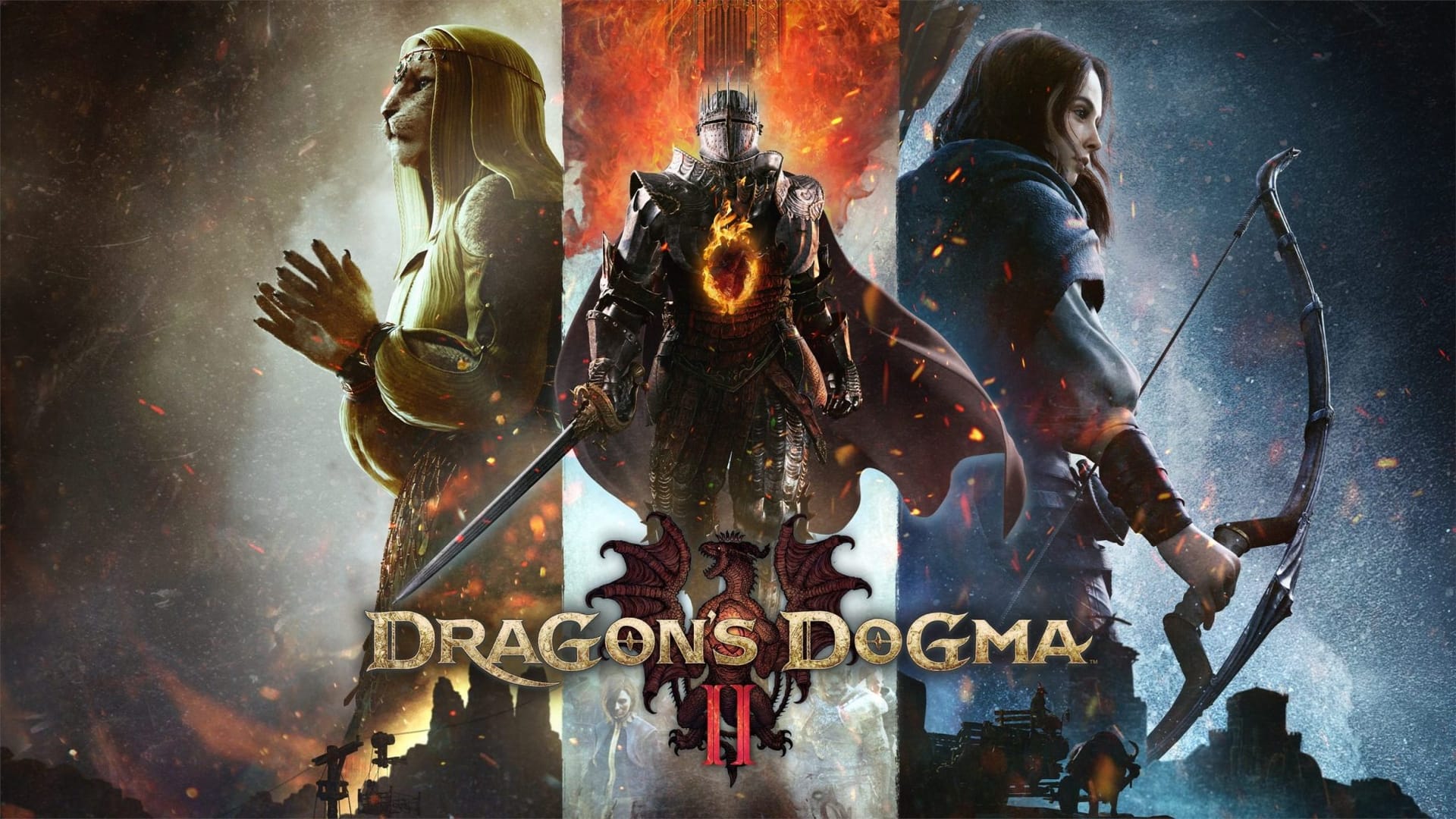




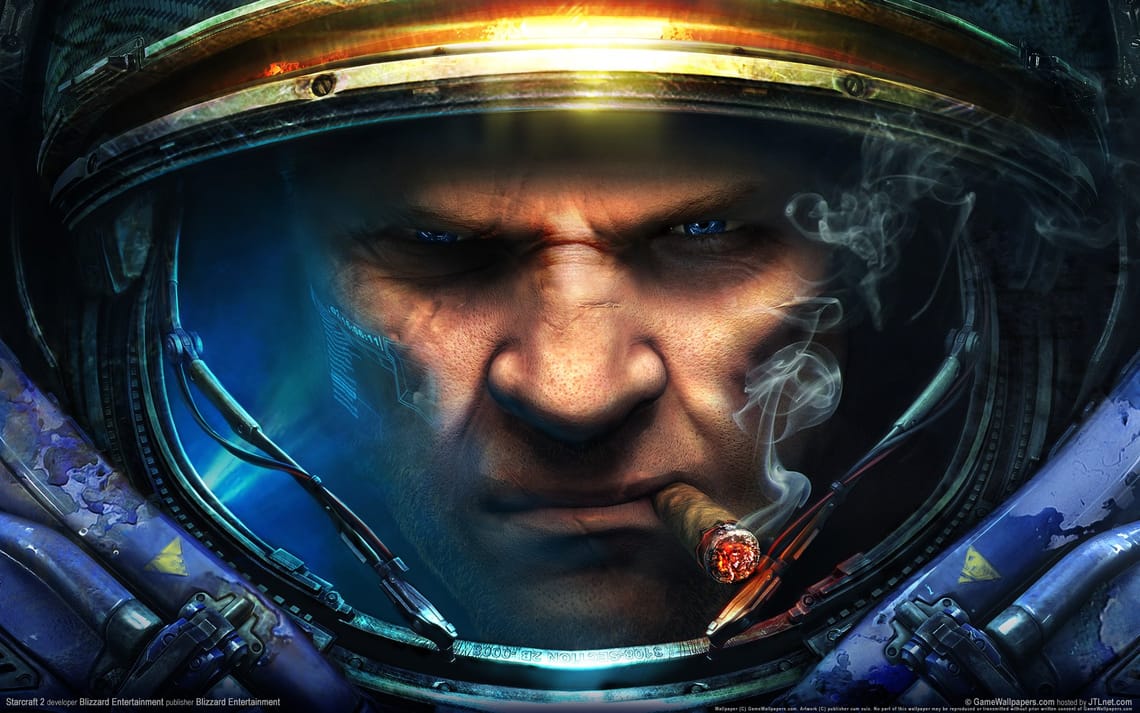
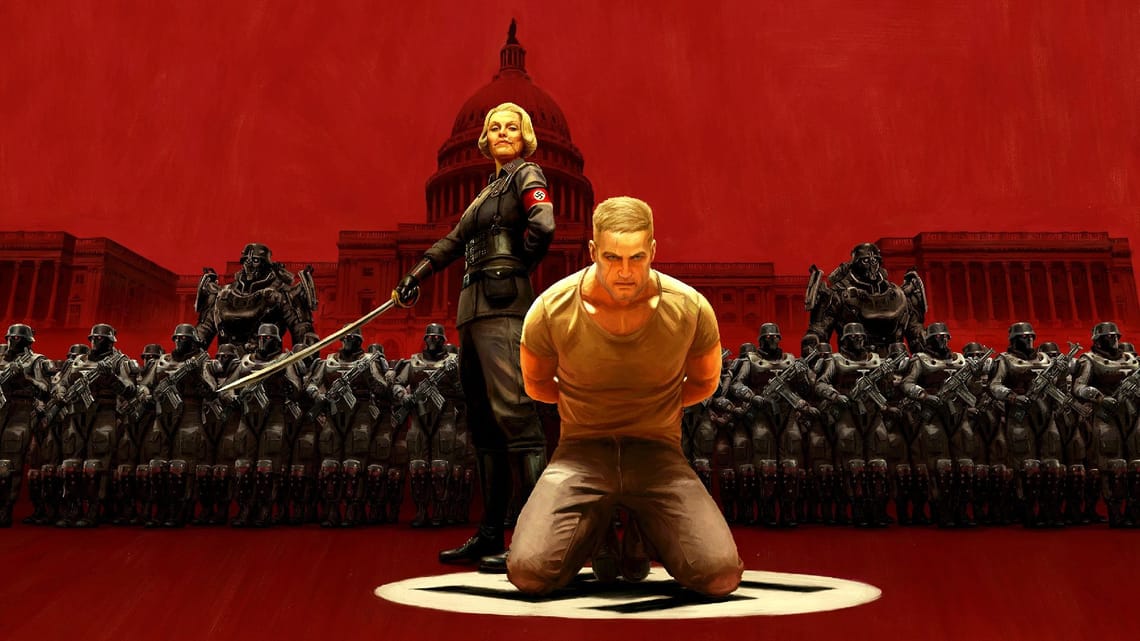
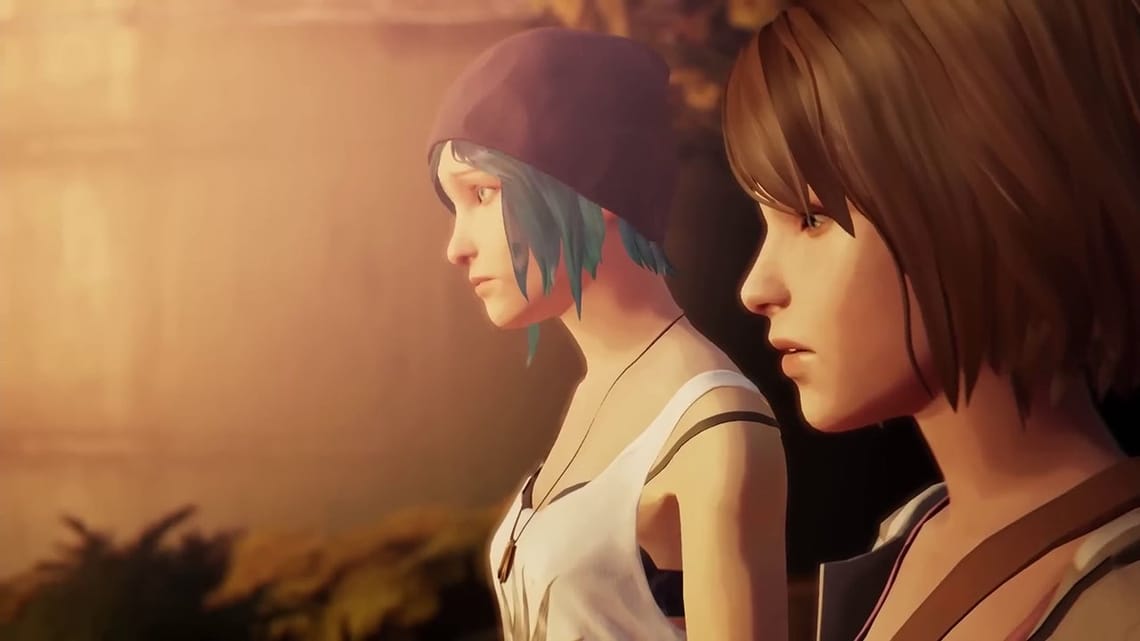
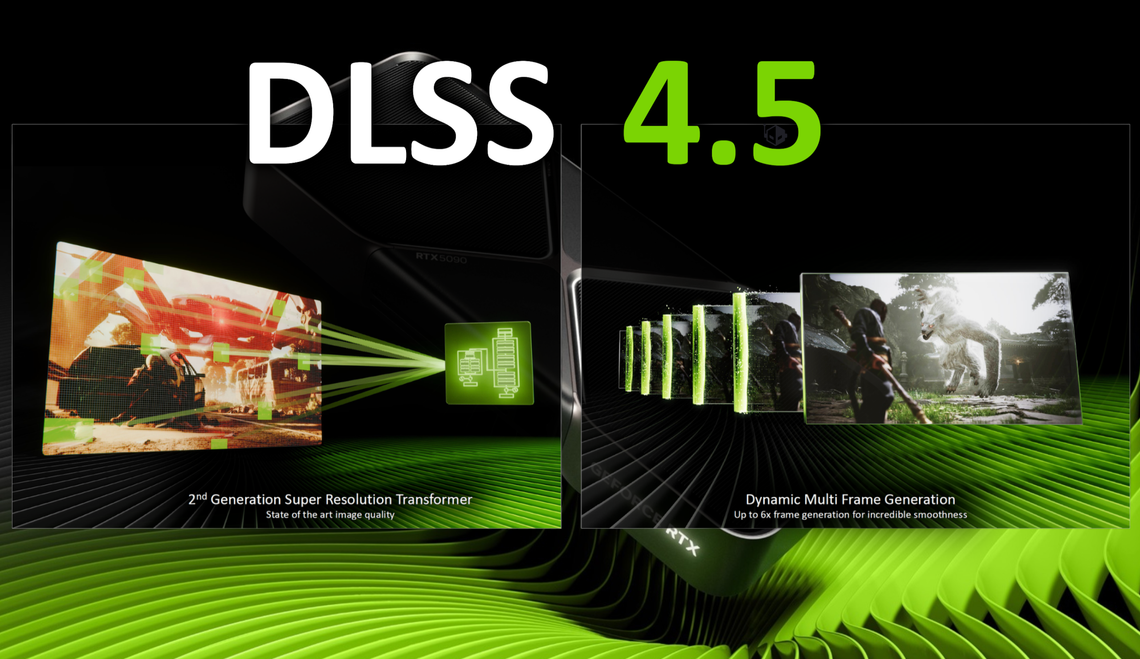
Member discussion